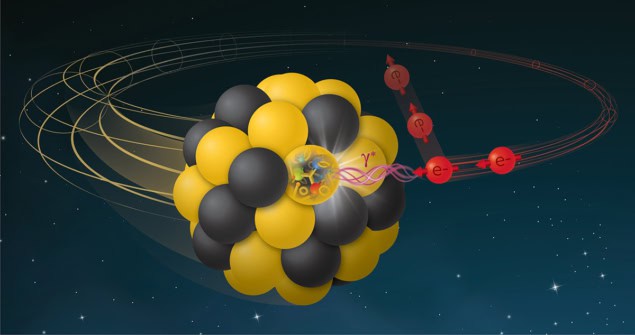
The US Department of Energy has given the green light for the next stage of the Electron-Ion Collider (EIC). Known as “critical decision 3A”, the move allows officials to purchase “long-lead procurements” such as equipment, services and materials before assembling the collider can begin.
The EIC, costing between $1.7bn and $2.8bn, will be built at Brookhaven National Laboratory in Long Island, New York. This will involve the lab revamping its existing 3.8 km-long Relativistic Heavy Ion Collider accelerator complex that collides heavy nuclei such as gold and copper to produce a quark–gluon plasma.
A major part of the upgrade will involve adding an electron ring so that the EIC consists of two intersecting accelerators – one producing an intense beam of electrons and the other a high-energy beam of protons or heavier atomic nuclei.
Each high-luminosity beam will be steered into head-on collisions with the particles produced providing clues to the internal nature of protons and their components.
“Passing this milestone and getting these procurements under way will help us achieve our ultimate goal of efficiently delivering a unique high-energy, high-luminosity polarized beam electron–ion collider that will be one of the most challenging and exciting accelerator complexes ever built,” notes EIC project director Jim Yeck. If there are no unforeseen construction delays, then the first experiments are expected to begin in 2029 or 2030. Brookhaven chosen to host major US nuclear physics facility
Meanwhile, the UK has said it will provide £58.4m ($73.8) to develop new detector and accelerator infrastructure for the EIC. The money comes as part of a £473m package of spending by the UK Research and Innovation (UKRI) Infrastructure Fund.
This money also includes £125m for a new diffraction and imaging electron microscopy facility at the Science and Technology Facilities Council’s Daresbury Laboratory. The facility, known as Relativistic Ultrafast Electron Diffraction and Imaging, will be the world’s most powerful microscope for imaging dynamics being able to study biological and chemical processes in “real time” at the femtosecond timescale.



